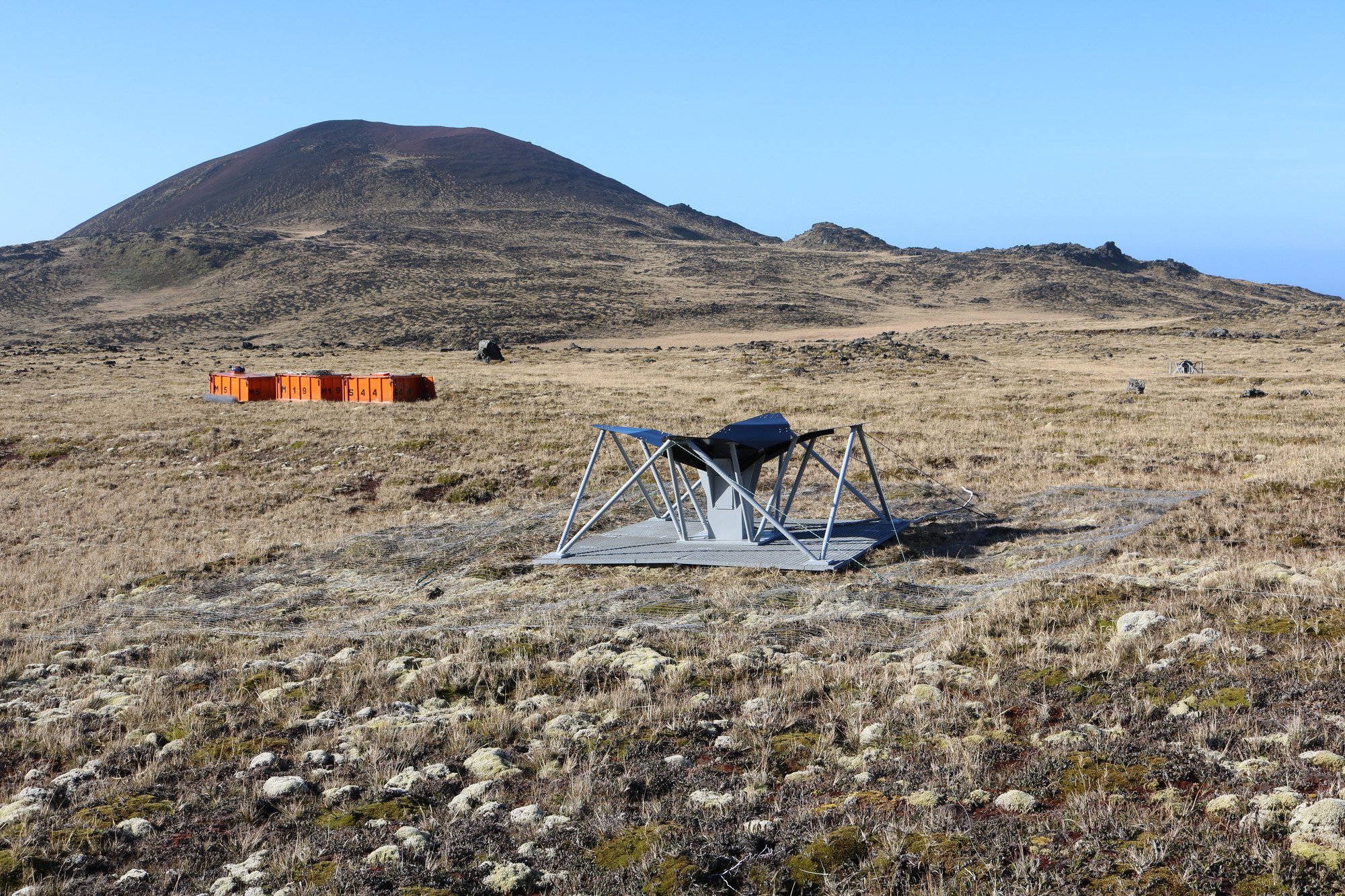Searching for cosmic dawn from the sub-Antarctic [slides]
David Caro building, Level 6 Geoff Opat room
More information
-
 Liju Philip, PhD student
Liju Philip, PhD student
University of KwaZulu-Natal
Email: lijuphil[at]gmail.com
Abstract
Observations of the redshifted 21-cm signal of neutral hyDrogen can potentially help us probe the uncharted epochs in the universe's history. One such epoch is "cosmic dawn", when the first luminous objects lit up the universe, a few hunDred million years after the big bang. The radiation from first stars heated the intergalactic medium, imprinting a characteristic signature in the evolution of the globally averaged 21-cm signal when observed as a function of frequency. The 21-cm spectrum is expected to have a ~100 mK absorption feature at a redshift of approximately 20 (frequency of ~70 MHz). This dip corresponds to the heating of the ambient neutral hyDrogen by the first stars and is observationally undetected to date.
We present a new global signal experiment called Probing Radio Intensity at high-Z from Marion (PRIZM). PRIZM consists of two antennas with center frequencies of 70 and 100 MHz operating in the 30–200 MHz frequency band. The instrument observes from Marion Island in the southern Indian ocean, halfway between the continents of Africa and Antarctica. The pristine radio-quiet environment of Marion makes it an excellent location for low-frequency observations. PRIZM observes in dual-polarization mode and uses a Smart Network ADC Processor (SNAP) FPGA board for backend digital signal processing. I will discuss the deployment of PRIZM to Marion during the three-week relief voyage in April 2017. I will present the challenges and lessons learned during the deployment, our assessment of the RFI environment on Marion Island, and preliminary science results from the data collected during the relief voyage. I will also discuss prospects for future radio measurements from Marion that will extend to even lower frequencies.
